5 Tips for Picking a Healthy Plant at the Nursery
Updated: Feb. 15, 2024
Save yourself buyer's remorse by learning the gardening basics on how to choose healthy plants and avoid those with potential problems.
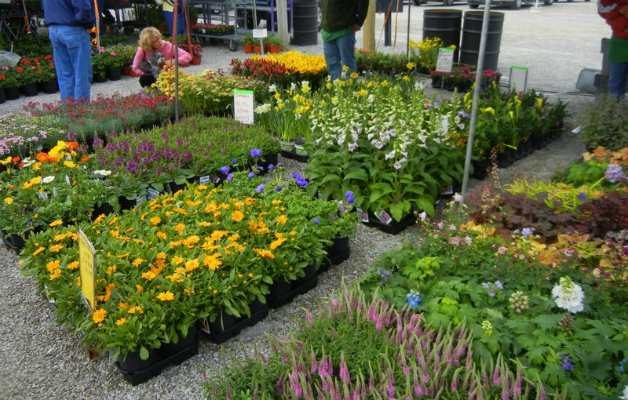
Spring and fall are the most popular months for adding new plants to the garden. When you visit your local nursery or garden center, can you tell the difference between healthy plants and those that may have potential problems? Today, let’s look at some helpful tips to help you pick a plant that is healthy while learning what signs to on the lookout for that could spell problems.
Here’s why gardening is good for your health.
Pick a Plant With Healthy Foliage
The leaves of a plant are often a good mirror of its health. Avoid plants whose leaves are brown or yellowing, which could be a sign of over or under watering as well as being placed in the wrong exposure.
Look carefully for pale or dark spots on the foliage, which could indicate disease that could spread to your existing plants at home. Check for webs or chewed leaves, which are signs of damaging insects. It’s better to be safe than sorry and avoid plants that show these signs of problems.
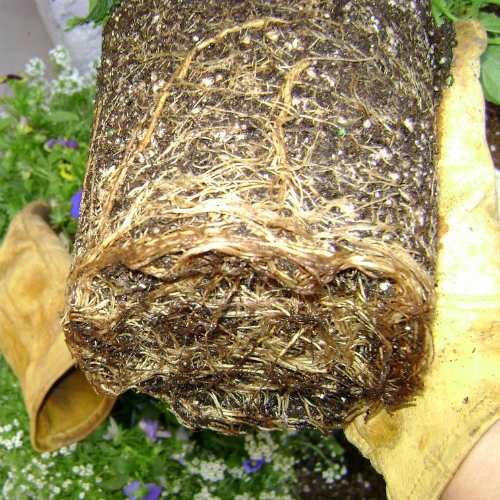
Avoid Plants That Have Been Sitting in the Nursery
Ideally, nurseries are meant to be temporary holding areas for plants until they are purchased. However, sometimes plants that aren’t bought quickly can sit for weeks, months or even longer in their containers. Why is this a problem? Even though plants may be sitting in their nursery container, their roots keep growing. Normally, most roots grow outward. But in a container they will start to grow around in a circle, which can lead to a root bound plant. This is a problem because the roots are severely hampered in their efforts to absorb water and nutrients, which leads to a sickly plant and ultimately death.
Sometimes, nurseries will transplant these plants into large containers to avoid root bound plants. But this is not always the case. So how can you tell if a plant has been in the same size container for too long?
While it’s not always possible to see a plants roots in the container, there are a few other signs to look for. Check for roots growing out of the drainage holes on the bottom of the container, which can also indicate a root bound plant. If there are any weeds growing in the container, that is also a sign that the plant has been in its container too long.
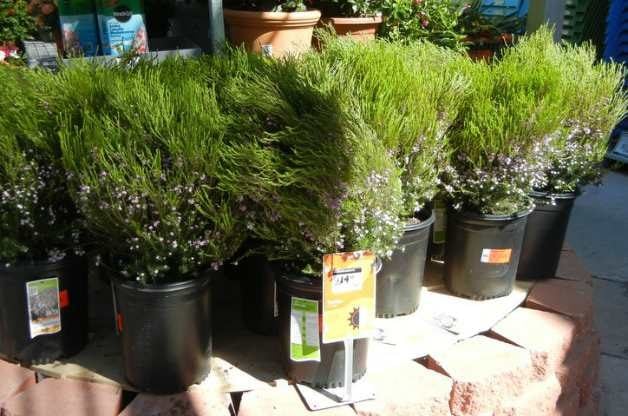
Pick Plants Growing in Smaller-Sized Containers
Admit it – when you visit the nursery, do you skip over those plants in small containers for the bigger ones? Believe it or not, bigger isn’t always better when it comes to plants. Often, it is better to go with the smaller-sized plant. The reason for this is that smaller plants are younger and have an easier time dealing with the shock associated with transplanting. In addition, they also grow more quickly than the same plant in a large size because the younger plant doesn’t have as much top growth (the part of the plant above ground). So its roots aren’t as stressed with supporting the top growth and can concentrate on growing roots, which is soon followed by new top growth.
In many cases, if you plant a plant in a 1-gallon size next to the same plant in a 5-gallon size, in one year’s time, the smaller plant often catches up in size to the bigger plant. This tip works best with plants that have a medium to fast growth rate. For plants that are slow growers, you may want to go with the larger sizes.
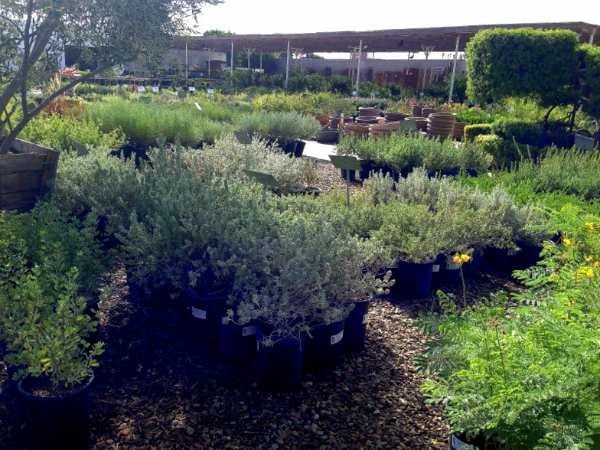
Purchase Plants From Local Growers When Possible
Imagine that you were a plant that was grown in an area with warm temperatures and were then transported far way to another climate with much colder temperatures. Would it take you a while to adapt? Of course it would. When taking plants from one type of environment into another, they need time to adjust and to gradually ‘harden off’. This is the process where plants are gradually introduced to the new environment, giving them time to adapt.
Another example of this is fairly common where I live in the desert Southwest. Many of the plants sold in nurseries come from California, which has milder summers. But when they are planted in our hot, dry conditions they struggle to survive. This happens even if it is a plant that normally does well in our climate. The problem is that it wasn’t adapted to our environment.
Buying plants from local growers prevents this problem from happening. The plants are already adapted to your local climate without having to be hardened off.
Another benefit of selecting plants grown from local growers is that your are supporting your local economy. You’ll also reduce resources such as gasoline used for transporting plants from far distances.
Read the Plant Label
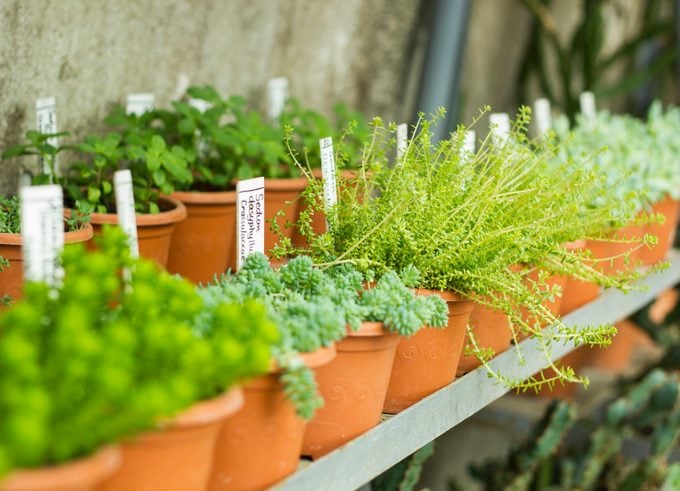
Before buying a plant, take a moment to look at the label for important information that can save you buyer’s remorse later. Look to see how large it will grow. Make sure you have enough room for it to grow or you may be having to prune if often. Check what exposure it grows best in. You’ll save yourself a lot of frustration from trying to coddle a struggling plant that was simply planted in the wrong place.
Labels may include other helpful information. Find out how much water it needs, what type of wildlife it attracts (bees, butterflies, hummingbirds) and the bloom color.
The next time you visit the nursery, come armed with these gardening basics. Then you’ll come home with healthy plants that will thrive in your garden.